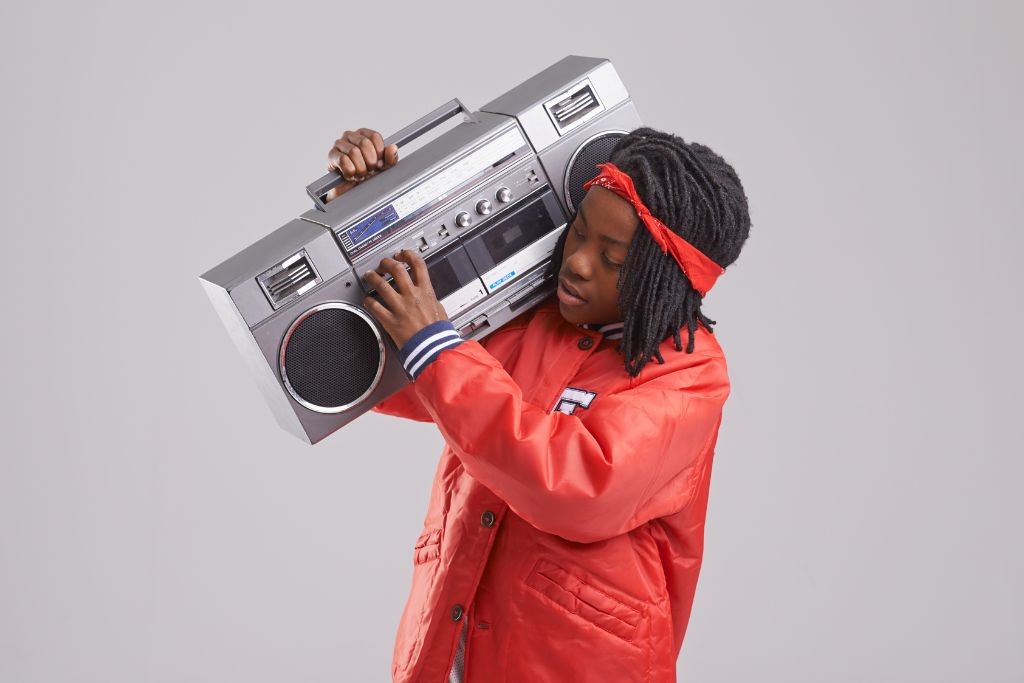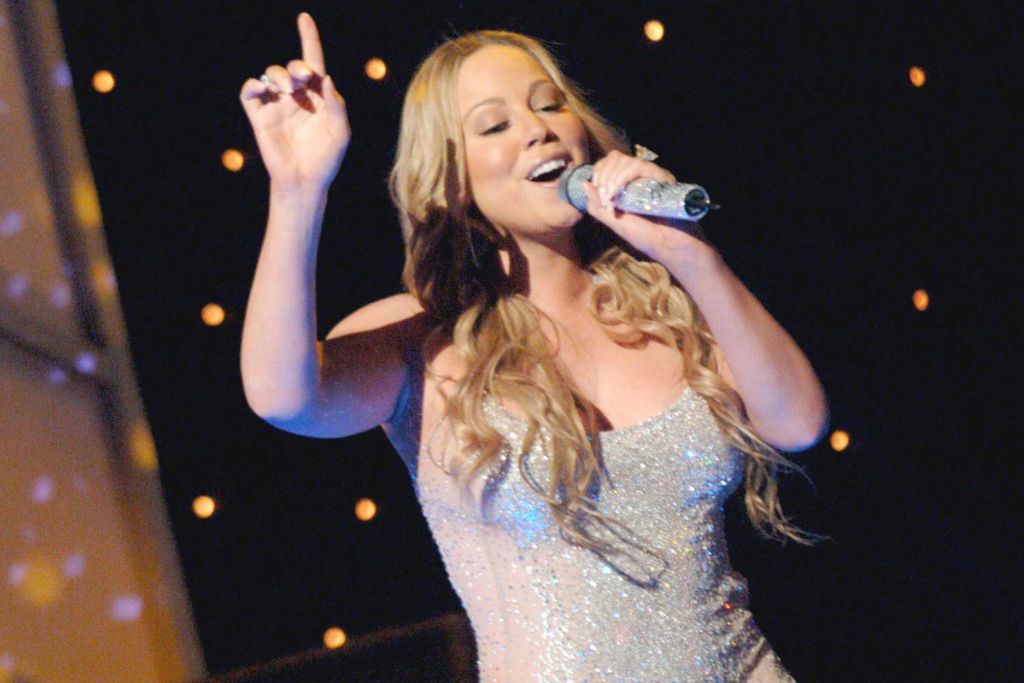Your music has a better chance of being heard by a large audience if it is broadcast on the radio. The majority of commercial radio stations broadcast in a format that is designed to appeal to a certain audience. Throughout the course of radio’s existence, sports broadcasts and musical shows (with formats such as Your Hit Parade, Big Band, and Standards) have been among its most popular programming. The shifting preferences of listeners and the shifting landscape of the music industry have significantly contributed to the decline in popularity of these genres.
The Birth of Rock and Roll
Rock and roll exploded onto the music scene in the 1950s, inspiring dance crazes and a whole new way of dressing. It also caused a moral panic among parents, who believed the new music encouraged rebellion and sexual deviance.
Radio stations were quick to catch on and began playing it, especially at independent stations that could reach a younger audience. Disc jockeys, who would later be known as DJs, began spinning the records that appealed to teens and promoting them.

White artists like Bill Haley and Elvis Presley jumped on the bandwagon, using musical motifs from African American musicians to become popular with white teens. This broke down the colour barrier in music, paving the way for future genres to fuse together and create new expressions.
The Birth of Hip-Hop
After gaining momentum as a dance movement in the early 1970s, hip-hop expanded to incorporate music, fashion and street language. It’s pioneers and most influential contributors, such as DJ Kool Herc and Afrika Bambaata and Grandmaster Flash, were people of colour from America’s most overlooked communities. They used their music to create personas—cool-than-life characters that could be gangland tough or super-smooth.

The Beastie Boys pushed deejaying further by using digital sampling, while LL Cool J and Public Enemy pushed rap in new directions, such as romantic themes and political ideology. From its work-with-what-you’ve-got epicentre in the Bronx, hip hop rolled out worldwide, becoming a multibillion-dollar business. It spawned dozens of subgenres, including trap, grime, gangsta rap, rap rock and bounce, crunk, mumble rap and Latin hip hop.
The Birth of Rap
Rap emerged in the early 1970s as a party-oriented musical and cultural phenomenon. Its innovations included a sampling technique that influenced the entire music industry, and its lyrics conveyed a variety of personal and social messages.
Rappers, also known as MCs, kept crowds at block parties entertained by talking and telling jokes over beats of sample percussion. They often used rhyme to communicate emotion, using fluid and soothing cadences to convey romance and a harsh, staccato sound to communicate anger and conflict.

Precursors to modern rap include the West African griot tradition, certain vocal styles in blues, and jazz, and an African-American insult game called Playing the Dozens. It also drew on spoken word poetry in performance and in poetry slams. Its cadences now infiltrate the country, swallow R&B and pervade pop music.
The Birth of R&B
R&B was born out of post-World War II Black communities and exploded into pop culture. Its early sound was a mix of gospel music, blues, and jazz. As Black Americans moved from the South to urban centres such as New York City, they brought their music and culture with them.
In the 1970s, musicians such as Isaac Hayes began mixing church music with African rhythms to create funk and disco. Meanwhile, artists like Al Green were singing about love and relationships with a more sensual tone.

Today, contemporary R&B includes a broad range of styles from neo-soul and psychedelic soul to dance music and even ska. Artists such as Janelle Monae and 6lack are exploring these different facets of R&B with their albums. The genre also often fuses with other genres such as rap, rock, and EDM.
The Birth of Country
Radio is a unique medium in that it allows for the instant transmission of media and information to multiple people at once. This has led to the formation of a distinct radio culture and sub-culture throughout the world.
Radio stations can soothe listeners with comforting dialogue, enthral them with boundless sonic effects, or jar them back into reality with polemics and breaking news. They can appeal to the emotions of their audiences, a feat unmatched by other media.

However, like any other media outlet, radio is subject to the needs of the business. As a result, it is often subject to pendulum swings in its musical preferences. For example, in the 1980s, artists like George Jones, Tammy Wynette and Jean Shepard were pushed out of country music by new artists whose sounds were more pop-oriented.
“Radio Music and the Rise of Indie Artists: A Look at Emerging Talent” complements our study of radio music’s impact on pop culture. Radio music influences trends and introduces fans to indie artists, according to the report. Radio promotes new artists and genres. Recognizing radio’s symbiotic relationship with pop culture helps us understand how it boosts musicians’ fame and influence. Radio music helped indie musicians and pop culture evolve, so let’s celebrate its influence.

